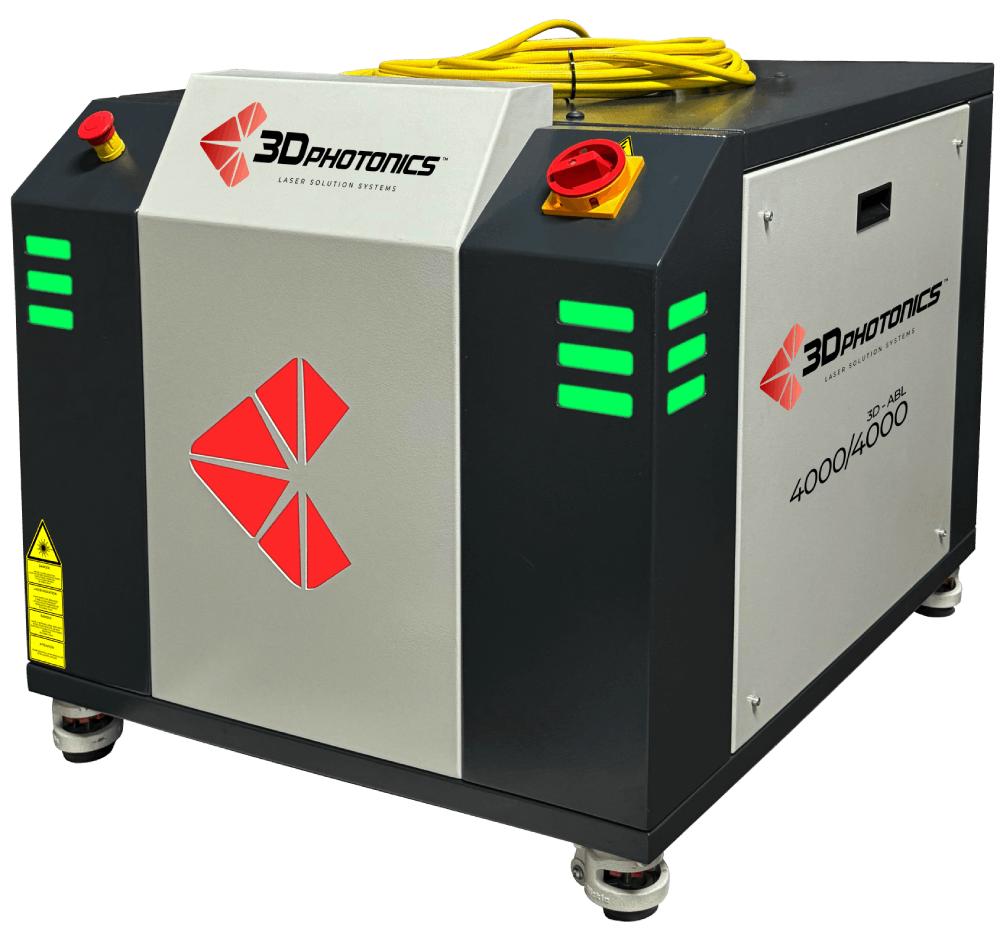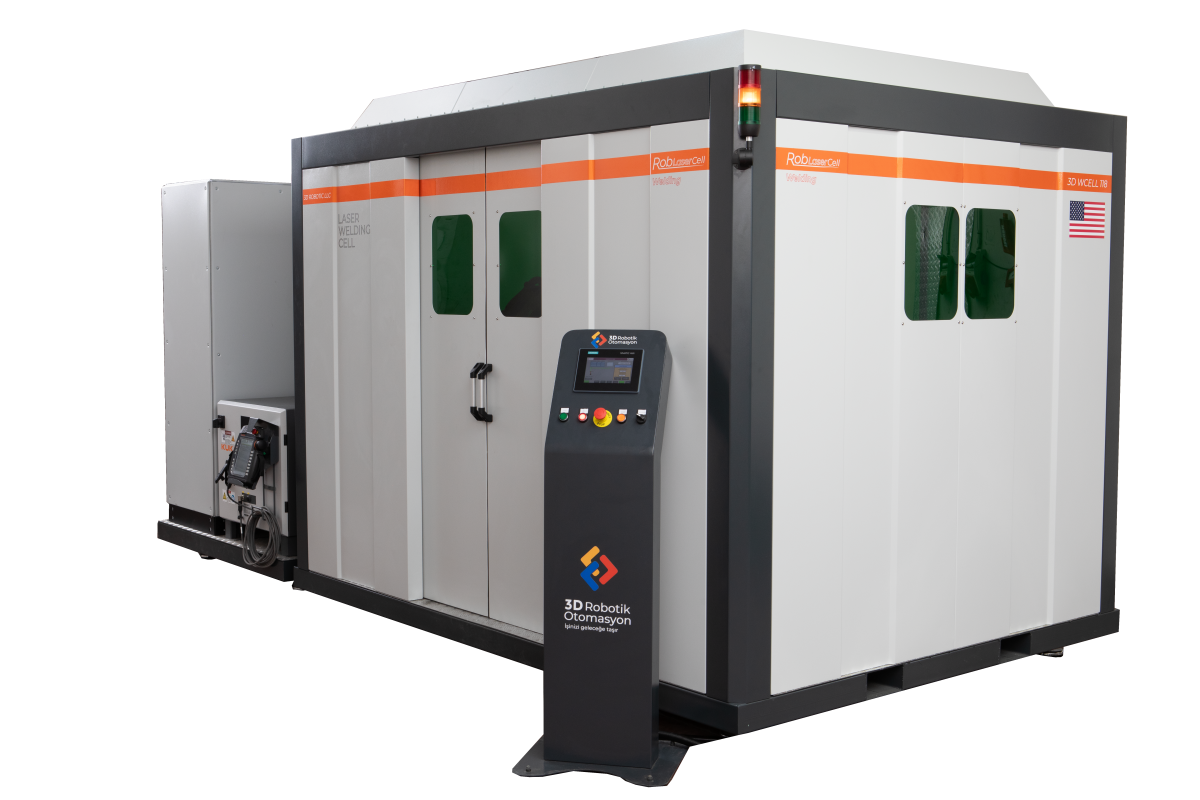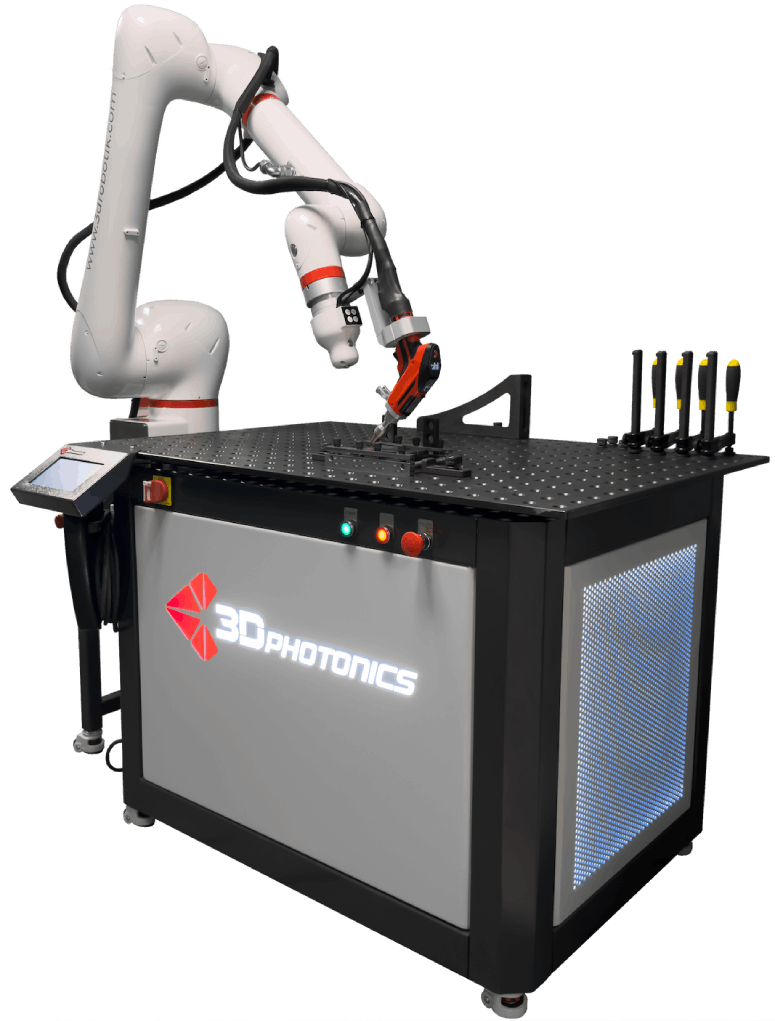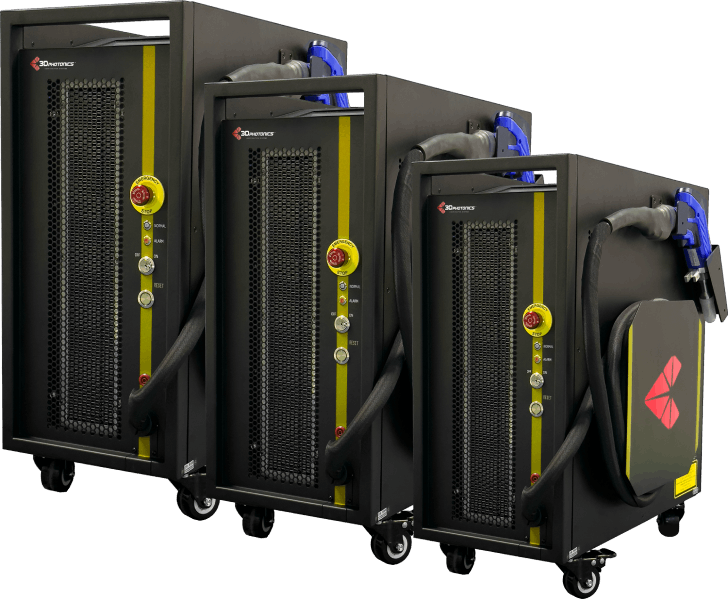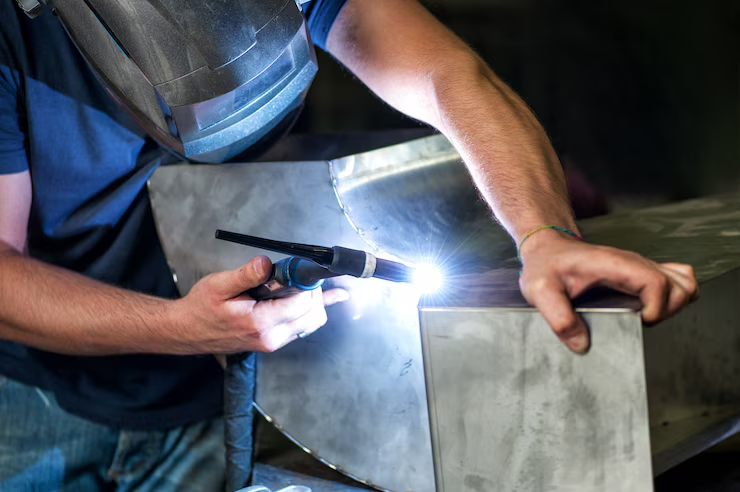
While laser welding technology advances rapidly, efficiency and safety largely depend on the operator. Especially in handheld laser welding, the results vary depending on the user's skill level. Without proper training, quality drops and safety risks increase. So, how does training truly make a difference?
What Is Handheld Laser Welding?
A handheld laser welding machine offers portability and is widely used in small to mid-sized workshops. It provides flexibility for precision jobs but requires skilled handling.
Main advantages:
- High mobility
- Lower energy consumption
- Minimal thermal distortion
- Compatibility with various metals (steel, aluminum, copper, etc.)
How Training Improves Efficiency
No matter how advanced the technology is, human control is still key. A well-trained operator in handheld laser welding can:
- Select the right parameters based on material
- Create consistent and strong weld seams
- Use the machine efficiently, saving energy and materials
- Follow safety protocols strictly
What Should the Training Cover?
| Training Module | Goal |
|---|---|
| Laser welding fundamentals | Understand the core technology |
| Material-wire compatibility and settings | Ensure welding quality |
| Safety and personal protection | Prevent workplace accidents |
| Maintenance procedures | Prolong device lifespan |
Benefits of Skilled Operators
A trained operator not only ensures better welding quality but also reduces operational costs and enhances system efficiency. For example:
- First-time right weld = Time saved
- Fewer errors = Less maintenance
- Better safety = Workforce stability
Technology Needs Knowledge to Shine
If you want to get the most from your laser welding system, start with solid training. The speed and flexibility of handheld laser welders offer real advantages—only in the right hands.
Frequently Asked Questions
Are handheld laser welders dangerous?
They are safe when used correctly but can be risky without proper training.
How long does operator training take?
Typically, 1–2 days of intensive hands-on training is sufficient.
Are welding parameters the same for all materials?
No. Settings vary depending on thickness and material type.
Is training only for beginners?
No. Even experienced welders need training when switching to laser systems.
- Operator Training in Handheld Laser Welding: How It Impacts Efficiency
- Error Detection and Preventive Maintenance in Automated Laser Welding Lines
- Fume and Particle Filtration in Laser Welding: What to Know for Workplace Safety
- AI-Driven Manufacturing with Photonics: Possibilities and Applications
- Next-Generation Solutions in Industrial Laser Cooling Technologies
- Is Zero-Loss Possible with Energy-Efficient Laser Production Lines?
- Laser Marking or RFID? Advantages of Traceability Technologies
- How Do Automatic Wire Feeding Systems Work in Laser Welding?
- Deep Penetration and Thermal Balancing in Fiber Laser Welding Technology
- Fast Production Advantage with Handheld Laser Welding Machines
- 5 Technical Criteria Defining Quality in Laser Systems
- How to Improve Energy Efficiency with Laser Welding?
- Photonics and Automation: Your Guide to Smart Manufacturing
- Product Protection Against Counterfeiting with Laser Marking Systems
- Can Handheld Laser Welders Reach Tight Spaces?
- Choosing Industrial Laser Systems: Power, Efficiency, and Compatibility
- The Role of Cooling Systems in Laser Welding Technology
- Why is Photonics Important? A Rapidly Growing Industry in Turkey and the World
- Handheld Laser Welding: Why It's the Smart Choice for Mobile Applications
- What is Laser Marking? Permanent and Secure Tracking in Production
- Laser Welding Systems: The New Standard in Metal Joining
- Revolutionizing Manufacturing with Photonics Technology: Light that Shapes the Future
- Things to Consider When Using Handheld Laser Welding Machines
- How to Achieve High-Precision Manufacturing with Laser Systems?
- What is Handheld Laser Welding? How Portable Power Transforms Industry
- 3D Photonics Successfully Unveils ABL-SM Laser Series at AMC 2025!
- 3D Photonics Named Platinum Sponsor at AMC 2025 Conference
- Why Choose 3DPhotonics? Strong Technology Partnership for Your Projects
- From Education to Industry: Fields Covered by Photonic Technologies
- Is Sustainable Production Possible with Laser and Photonic Solutions?
- Is Micron-Level Processing Possible with Lasers? How It's Achieved
- Recent Developments in Fiber Laser Technology
- 5 Key Factors That Define Quality in Optical Systems
- What Is Laser Marking? Permanent and Reliable Traceability Solutions
- Using Spectrometers in Industrial Applications
- Laser Cutting vs CNC: A Comparative Guide
- Optical Solutions in 3D Manufacturing: The Power of Precision
- The Role of Laser in the Defense Industry: Next-Generation Security Technologies
- What Are Optical Filters Used For? The Impact of Right Selection on Production
- FABTECH Chicago, September 8-11, 2025
- 3D Photonics at FABTECH 2024: Showcasing Advanced Laser Technologies for Industrial Applications
- 3D Photonics Showcases Innovative Laser Solutions at EUROBLECH 2024
- What is Photonics?
- Robot Investments Summit | 20-23 December | Istanbul
- 16. Blechexpo | 7 - 10 November | Messe Stuttgart

